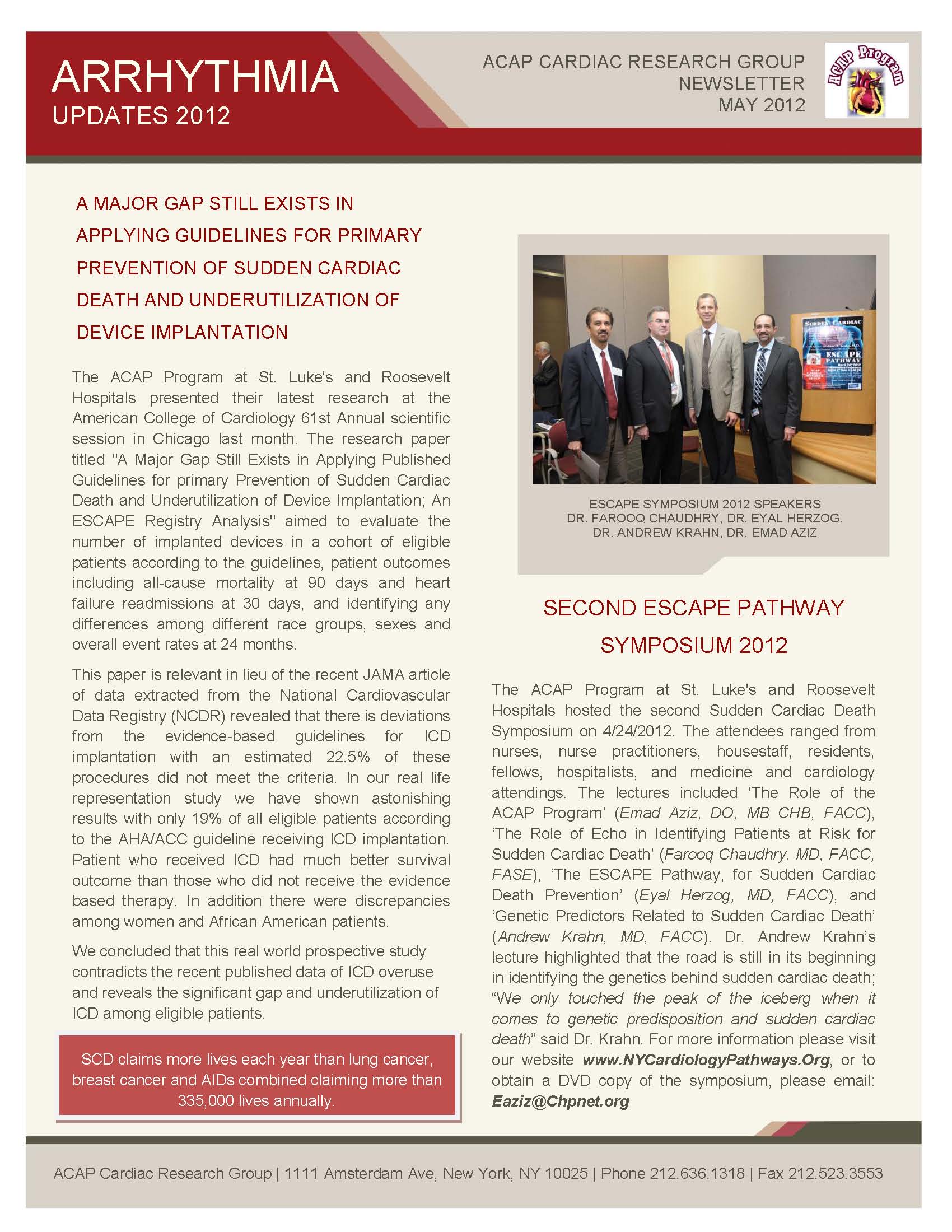

The estimated number of out-of-hospital care arrest cases is about 300,000 per year in the United States. Two landmark studies published in 2002 demonstrated that the use of therapeutic hypothermia after cardiac arrest decreased mortality and improved neurologic outcome. Based on these studies, the International Liaison Committee on Resuscitation and the American Heart Association recommended the use of therapeutic hypothermia after cardiac arrest. Therapeutic hypothermia is defined as a controlled lowering of core body temperature to 32 degrees C to 34 degrees C. This temperature goal represents the optimal balance between clinical effect and cardiovascular toxicity. Therapeutic hypothermia does require resources to implement-including device, close nursing care, and monitoring. It is important to select patients who have potential for benefit from this technique which is a limited resource and carries potential complications. A collaborative team approach involving physicians and nurses is critical for successful development and implementation of this kind of a protocol. In 2004, the "Advanced Cardiac Admission Program" was launched at the St. Luke's Roosevelt Hospital Center of Columbia University in New York. The program consists of a series of projects, which have been developed to bridge the gap between published guidelines and implementation during "real world" patient care. In this article, we are reporting our latest project for the comprehensive management of survivors of out-of-hospital cardiac arrest. The pathway is divided into 3 steps: Step I, From the field through the emergency department into the cardiac catherization laboratory and to the critical care unit; Step II, Induced invasive hypothermia protocol in the critical care unit (this step is divided into 3 phases: 1, invasive cooling for the first 24 hours; 2, rewarming; 3, maintenance); Step III, Management post the rewarming phase including the recommendation for out-of-hospital therapy and the ethical decision to define goal of care. We hope that this novel pathway will bridge the gap between the complex guidelines and the actual clinical practice and will improve the survival and neurologic condition of patients suffering cardiac arrest.
